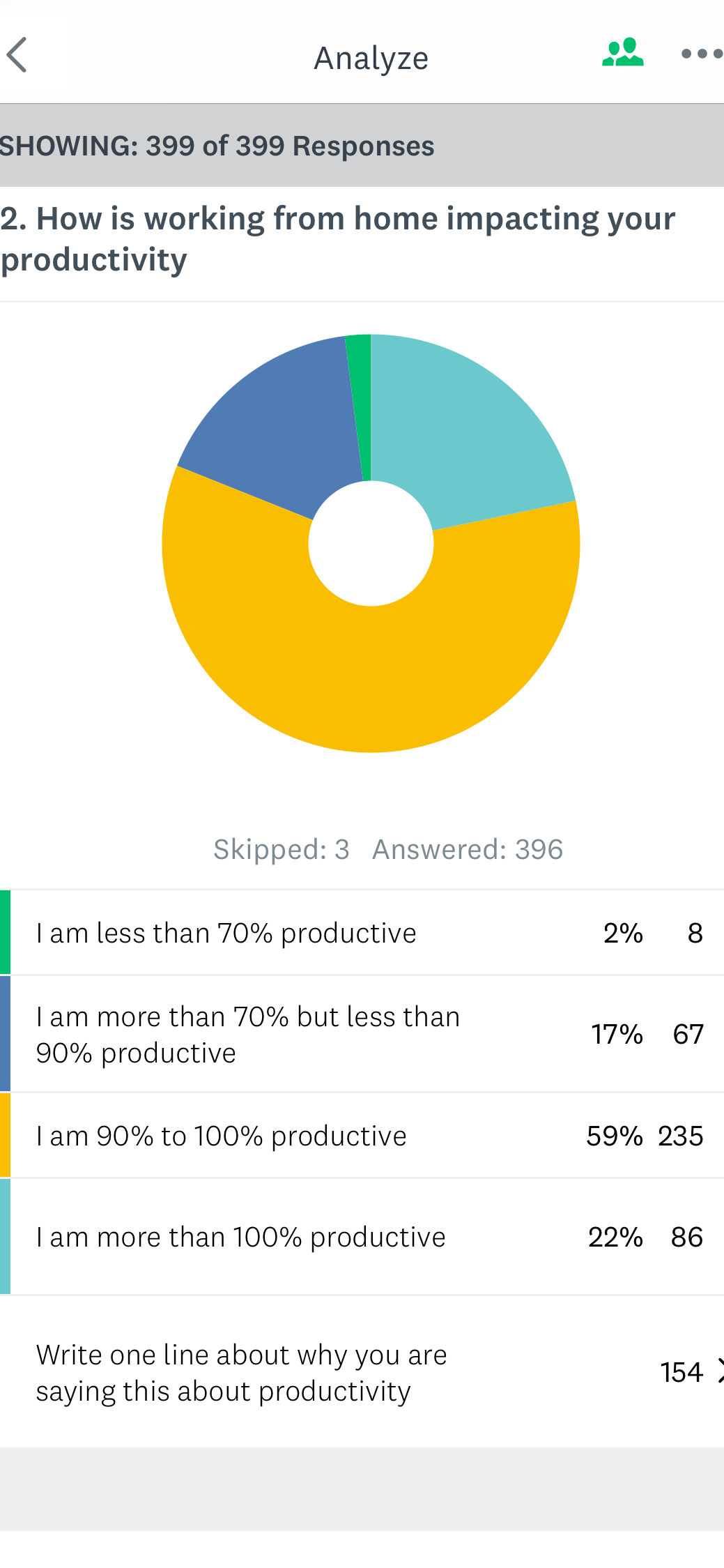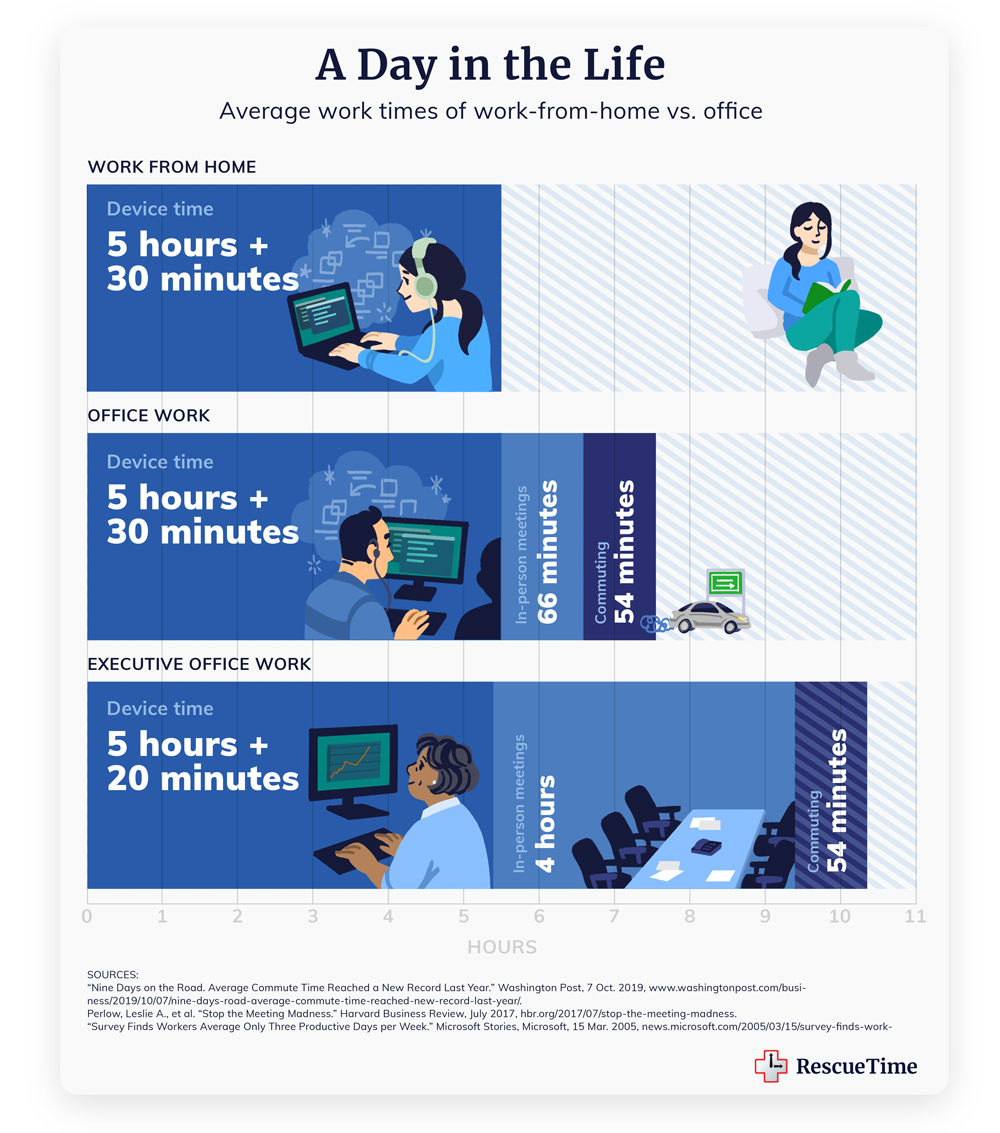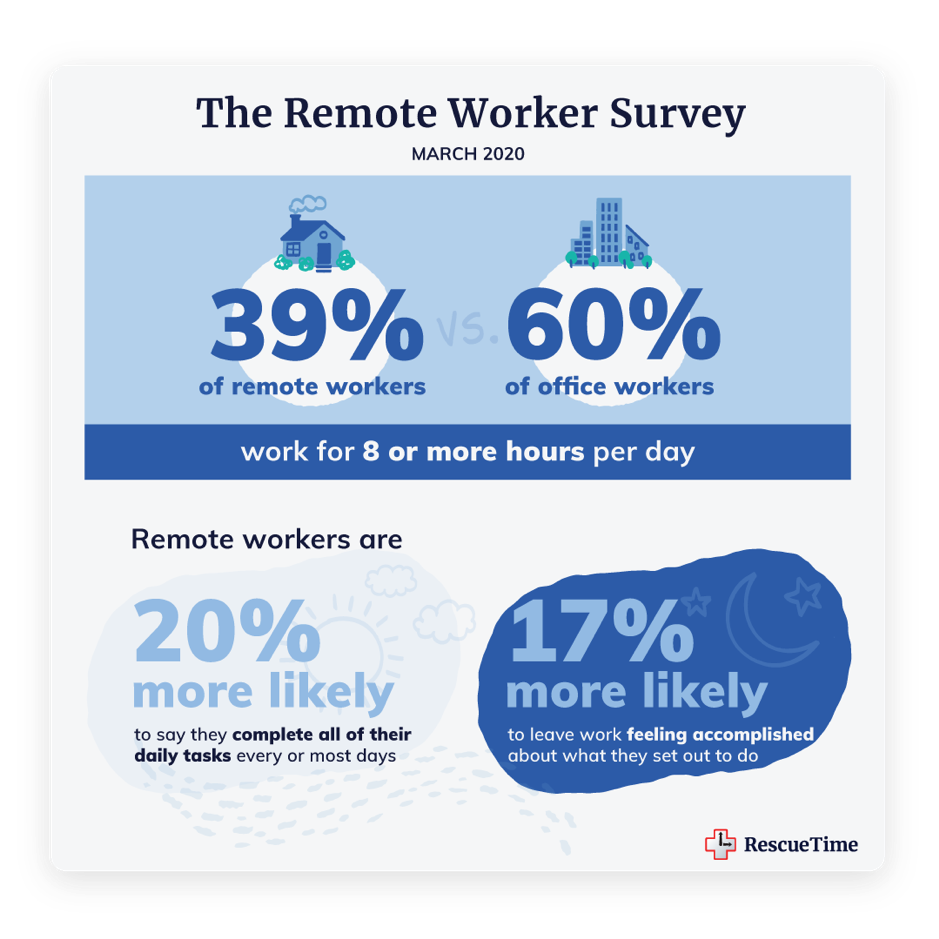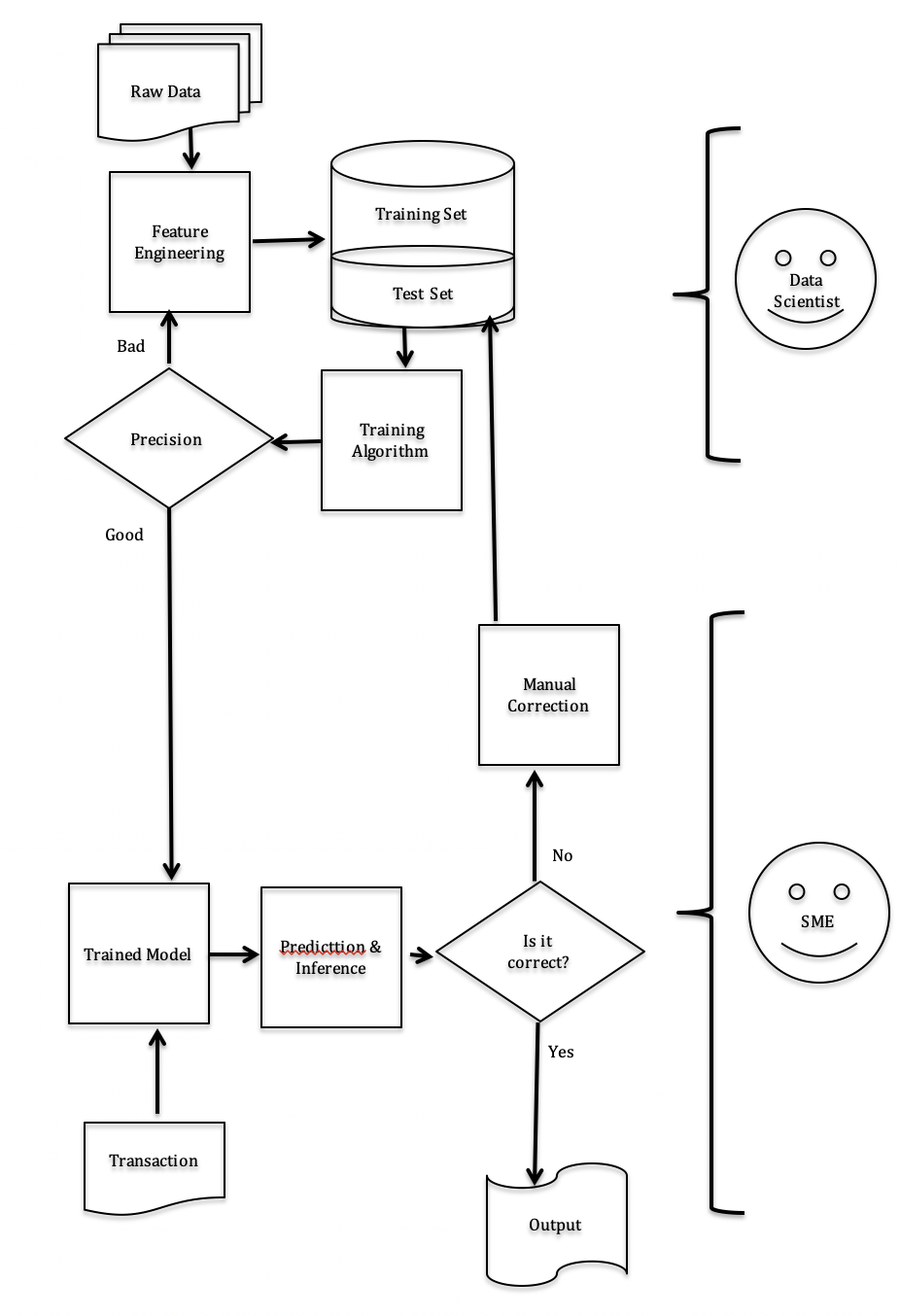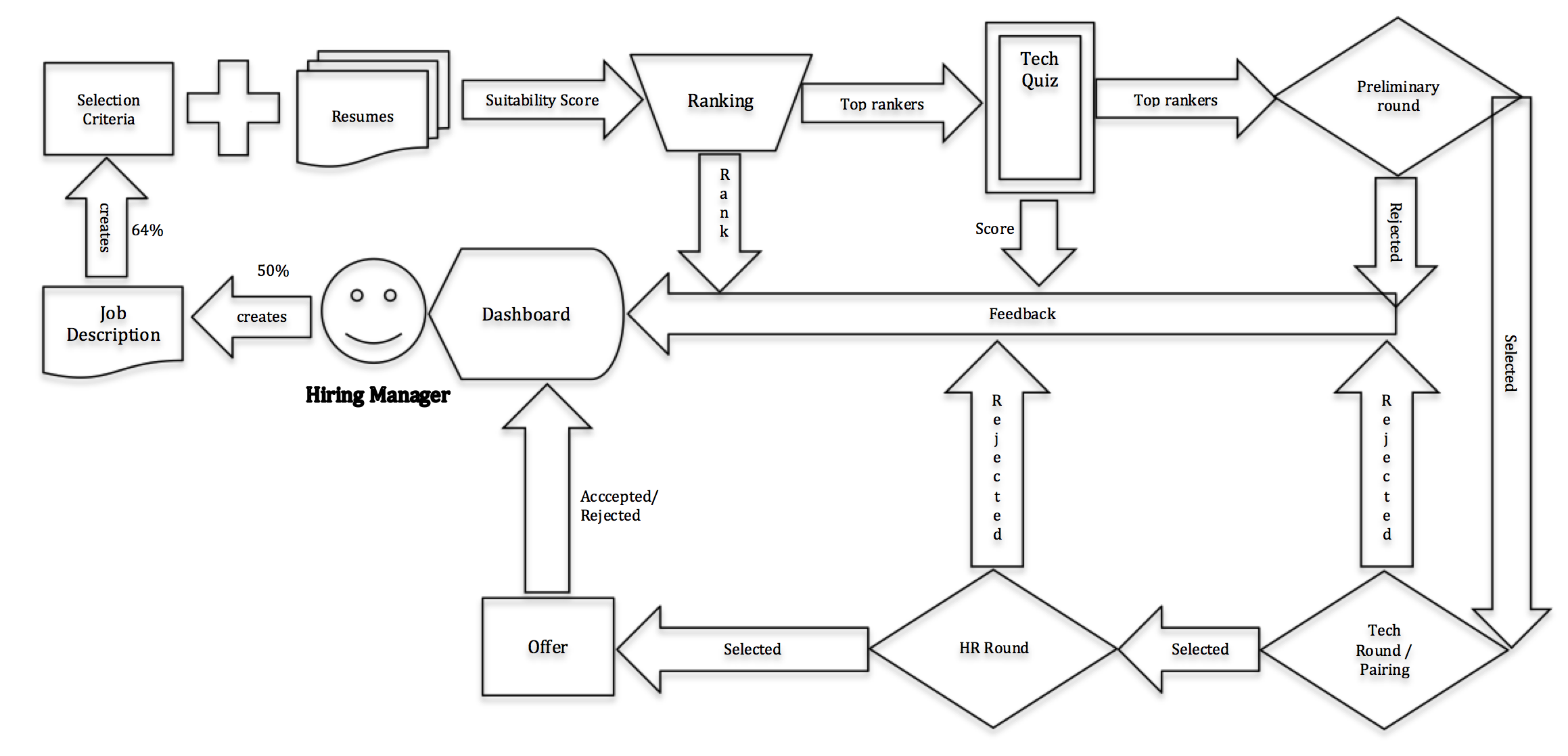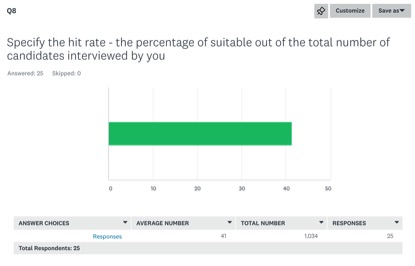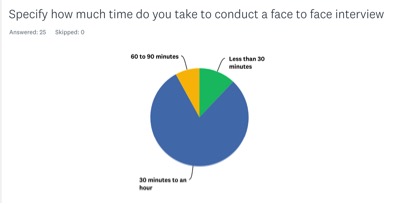
IT companies are understandably concerned about employees becoming unproductive due to moonlighting distractions. However, there is no consensus among companies on how to handle this issue. Some large companies are taking a hard stance, while others are reluctantly accepting it. This leaves employees confused, wondering if staying honest and loyal is really the smart thing to do. There is a need for a consensus so that all companies can adopt a common code of conduct and clearly communicate it to their employees.
In April 2023, we conducted a survey with the objective of determining if companies are willing to allow, condone, or encourage certain activities that could be considered “ethical moonlighting.” This article presents the results of that survey

Target Sample Population
Before discussing the findings of the survey, it is important to consider the sample population that was used for the survey. The sample population had some biases that were influenced by location, network reach, and seniority of rank.
It is worth noting that 37% (22/60) of the survey participants preferred to remain anonymous, indicating their reluctance to be transparent about this sensitive issue. One participant even expressed his fear that having a policy on moonlighting would make it “official.”
The pie charts represent 63% of the sample population whose identities are known. Based on the pie charts, the conclusions of the report should be viewed as the opinions of companies that are:
Based in Pune (18/38) or Bengaluru (6/38): The problem of moonlighting is likely to be more prevalent in companies located in large cities, where employees may work from home

Represented by CXOs (22/38) or Founders (10/38): This survey mainly captures the perspective of top management in companies. Employees at lower levels may have a different point of view.

Mainly small (20/38) and mid-sized (9/38): Smaller companies are more likely to take a lenient approach to moonlighting. This survey excludes large companies that are more likely to take a hard stand.
An earlier article on sunlighting vs moonlighting
In the past, the author had written an article on the topic of “sunlighting” vs “moonlighting” in Forbes Technology council. The term “sunlighting” was used to describe ethical moonlighting. The author had also conducted two separate surveys on LinkedIn, where employees felt that they owned their time beyond eight hours, while employers seemed to have reluctantly accepted it. Only 21% of the companies surveyed felt the need to have a strict policy on moonlighting.

These surveys and the conversations that followed the publication of the article have led us to believe that there is a possibility of finding a common ground where companies and employees can collaboratively define what is considered ethical and what is not. One possible outcome could be the development of guidelines for companies to create their own policies. However, why is there a need for such guidelines or a code of conduct? Although we did ask this question in the survey, here is what we think about it.
There is a reason to open this can of worms
Many companies, some of whom have chosen to remain anonymous, feel that having a policy would be seen as giving tacit permission for moonlighting. However, we have our own perspective on this matter. Keeping quiet will only do more harm than good. Ambiguity leads to confusion and a lack of trust.

On one hand honest and loyal employees might feel short-changed as they see others doing what can be called as “unethical moonlighting” going unpunished. “You can do it as long as you are not caught doing it” – leads to an unhealthy game of police and thieves. Only 38% would escalate such instances to the management as seen in one of the LinkedIn Surveys.
Transparency is the foundation of trust. Any company that is ambiguous or silent on this topic will leave employees guessing. Eventually, everyone will make convenient assumptions. What appears innocuous to employees could be very harmful to the company’s business. A lack of explicit policy could allow a middle manager to deliberately overlook a billable employee who is known to be engaging in moonlighting. Shallow revenue goals may take precedence over deeper issues concerning the company’s legal obligations, data security, and business risks.
Do they have a policy?
When asked, it turned out that very few companies have an explicit written policy (5/60), and all of them assume that all moonlighting is unethical. There were a few companies (7/60) that have a tacit understanding (which may or may not be written) that certain types of moonlighting are allowed.
Most companies (27/60) prefer to deal with moonlighting by using standard clauses in the appointment letter. However, we have a few questions: When was the appointment letter issued? Was moonlighting as prevalent then as it is today? Does the appointment letter mention the term “moonlighting”?
Another significant group (20/60) assumes that everyone knows that “moonlighting” is not allowed, which seems like an excuse not to have a written policy. Therefore, the answer is, “NO, MOST COMPANIES DO NOT HAVE A POLICY.

Are they willing to change? (Do they want to have a policy?)
On one hand, most companies have shied away from having an explicit policy. On the other hand, the majority of them want to have a policy and want to change. Of the sample, 21 out of 60 felt that it is hard to implement, but it is worth the effort. Eleven out of 60 felt that it must be done as it is the need of the day. Only 6 out of 60 felt that there is no need to discuss it. This means that 90% of the sample felt the need for a change, but they are wary of their ability to implement it. It is easy to make rules, but hard to ensure compliance. Fifteen out of 60 are concerned about whether employees will be transparent about it. This is a very valid concern, so we decided to ask the employees. Please see their responses in the following section

Would employees be open and transparent?
It turns out that 50% of the employees who responded to the survey are willing to collaborate by allowing companies to directly or indirectly monitor their activities. Employees cannot have the freedom to work on external projects and job security in their day jobs unless they are open and transparent. Transparency is the foundation of trust, and trust can be further strengthened by linking performance to pay.

Companies need not micromanage as they are assured of getting their money’s worth. Pay for performance can be managed in two ways:
- No change in the base pay, but a pay cut if the performance drops.
- Lower base pay plus an incentive based on performance.
There can be a combination of the two. Some companies can start using smart contracts to manage pay.
What is allowed and what is not?
As the first step towards starting the process of collaboration, we asked the companies if they would consider “condoning” or “encouraging” certain types of “ethical moonlighting”. As discussed in the opening paragraphs of this article, the sample was mainly composed of small and mid-sized companies from Pune, with a few from Bengaluru and Hyderabad


Conclusion
As you can see from the table and chart above, there are many innocuous activities based on hobbies or sports that companies encourage. Moreover, there are other activities that can be encouraged because they complement the skills required for the job – for example, conducting meetups or hackathons. These activities not only help employees upskill, but they may also enhance the company’s brand image.
There are unmet skill needs within the company that can be met by doing “internal moonlighting”. Many companies would encourage it as it would not only help them win their clients’ confidence but also build a culture of cross-pollination and free flow of ideas.
Teaching is the best form of learning, and organizations that employ good teachers benefit from their mentorship both within and outside the company. Employees love companies that help them build their skills, and they become brand advocates. It’s no wonder that, as per the survey, many companies would encourage “ethical moonlighting” that involves teaching.
Finally, it would be heartening to see companies open up and write explicit policies that state what is allowed and what is not. This will start a new era of trust, transparency, and ethical behavior.


